What is your watering regimen? We all lean...
funnthsun z7A - Southern VA
10 years ago
Related Stories

DESIGN DICTIONARYSkillion and Lean-to Roof
This combination of two different roofs covers all the angles
Full Story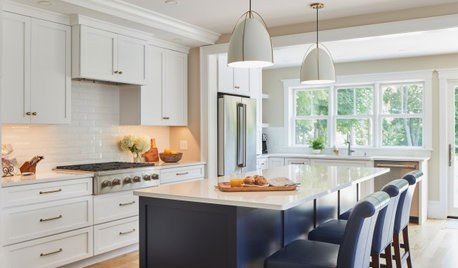
KITCHEN DESIGNPopular Cabinet Door Styles for Kitchens of All Kinds
Let our mini guide help you choose the right kitchen door style
Full Story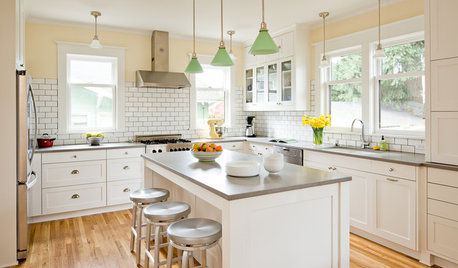
MOVINGThe All-in-One-Place Guide to Selling Your Home and Moving
Stay organized with this advice on what to do when you change homes
Full Story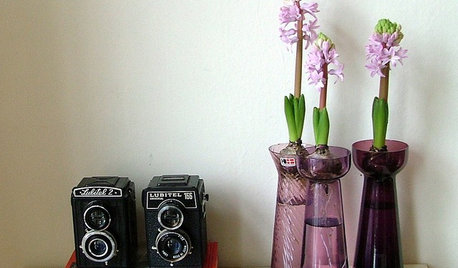
HOUSEPLANTSGet Spring-Like Hyacinth Blooms All Winter Long
Try one of these forcing methods for cheery, colorful flowers to brighten wintry days
Full Story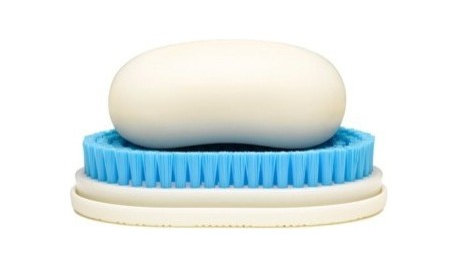
DECORATING GUIDES8 Splendidly Redesigned Home Basics We All Use
Whether you find God or the devil in the details, these new takes on utilitarian items for the home are simply divine
Full Story
BEDROOMS10 Ways With (Almost) All-White Bedrooms
White rooms need a thoughtful tweak or two to bring on the sweet dreams
Full Story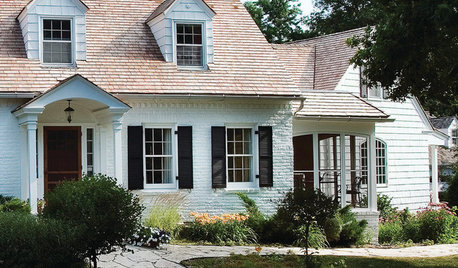
EXTERIOR COLORWhite Delights on Home Exteriors of All Styles
You can't go wrong looking on the bright side for a home's exterior — white exteriors like these have been succeeding for hundreds of years
Full Story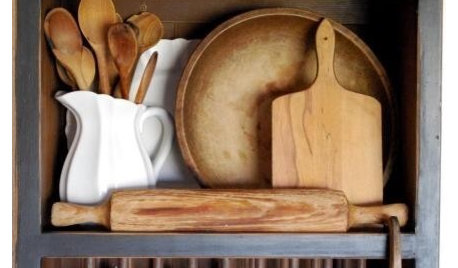
PRODUCT PICKSGuest Picks: Kitchen Storage for All Styles
Keep cookware and kitchen tools neatly at hand with these shelves, baskets and organizers
Full Story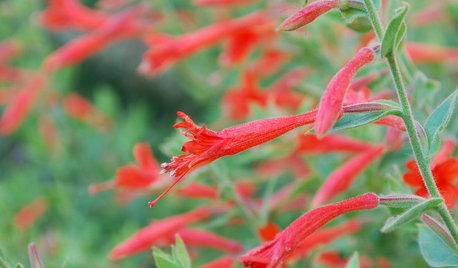
SUMMER GARDENING6 Water-Wise Perennials for Blazing High-Altitude Summers
Scorching weather and high elevations don't have to mean scraggly plantings. These blooms are as gorgeous as they are tough
Full Story
GARDENING GUIDESEssential Watering Tips for Your Edible Garden
To give your edible plants just what they need, check out these guidelines for how, when and how much to water
Full StoryMore Discussions








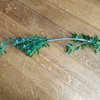
Tiffany, purpleinopp Z8b Opp, AL
Campanula UK Z8
Related Professionals
Danbury Landscape Architects & Landscape Designers · Ashburn Landscape Architects & Landscape Designers · South Elgin Landscape Architects & Landscape Designers · South Orange Landscape Architects & Landscape Designers · Arlington Landscape Contractors · Stoughton Landscape Contractors · Bowie Landscape Contractors · East Chicago Landscape Contractors · Hollywood Landscape Contractors · Kahului Landscape Contractors · Matteson Landscape Contractors · Monterey Landscape Contractors · Salmon Creek Landscape Contractors · West Chicago Landscape Contractors · West Palm Beach Landscape Contractorsmad_gallica (z5 Eastern NY)
funnthsun z7A - Southern VAOriginal Author
dg
TNflowerlover Zone 7a
coralgirl
Tiffany, purpleinopp Z8b Opp, AL
greenthumbzdude
gardenweed_z6a
ninamarie
Tiffany, purpleinopp Z8b Opp, AL
mad_gallica (z5 Eastern NY)
Tiffany, purpleinopp Z8b Opp, AL